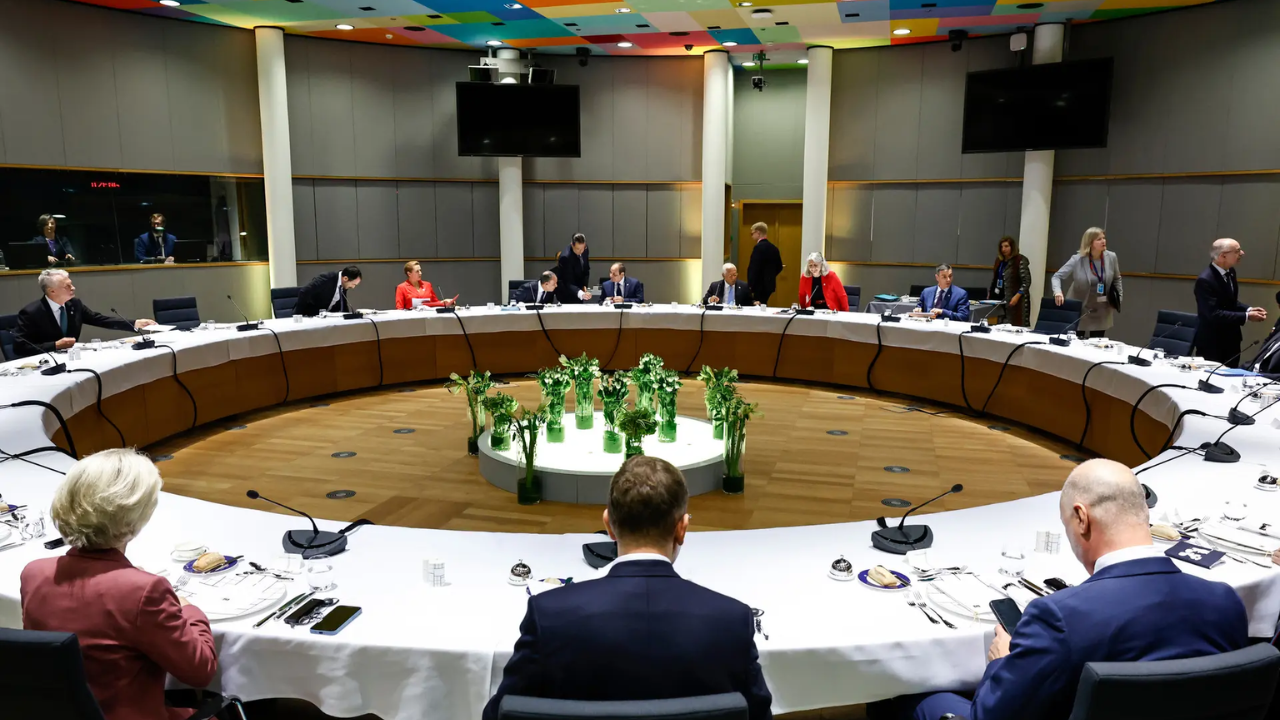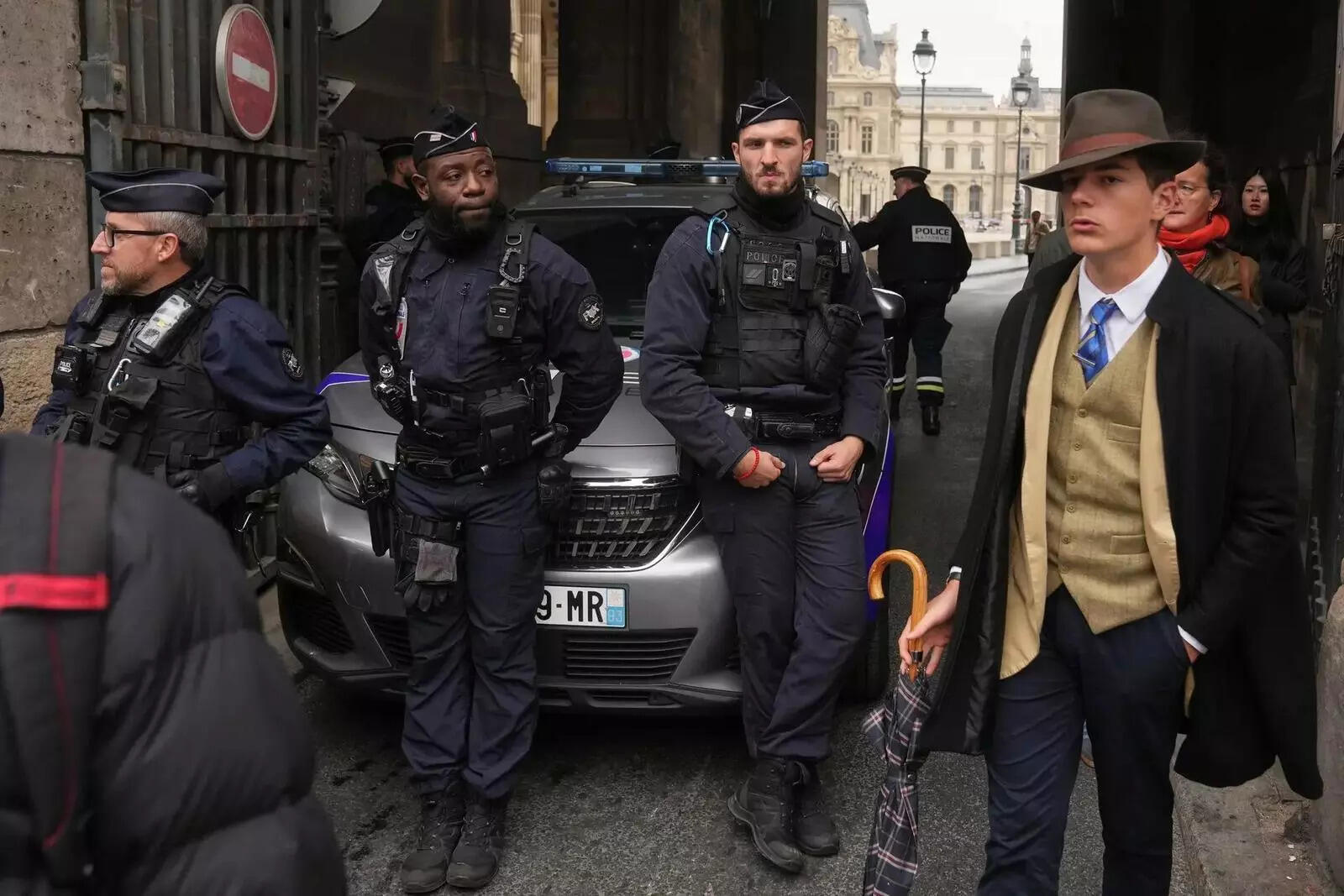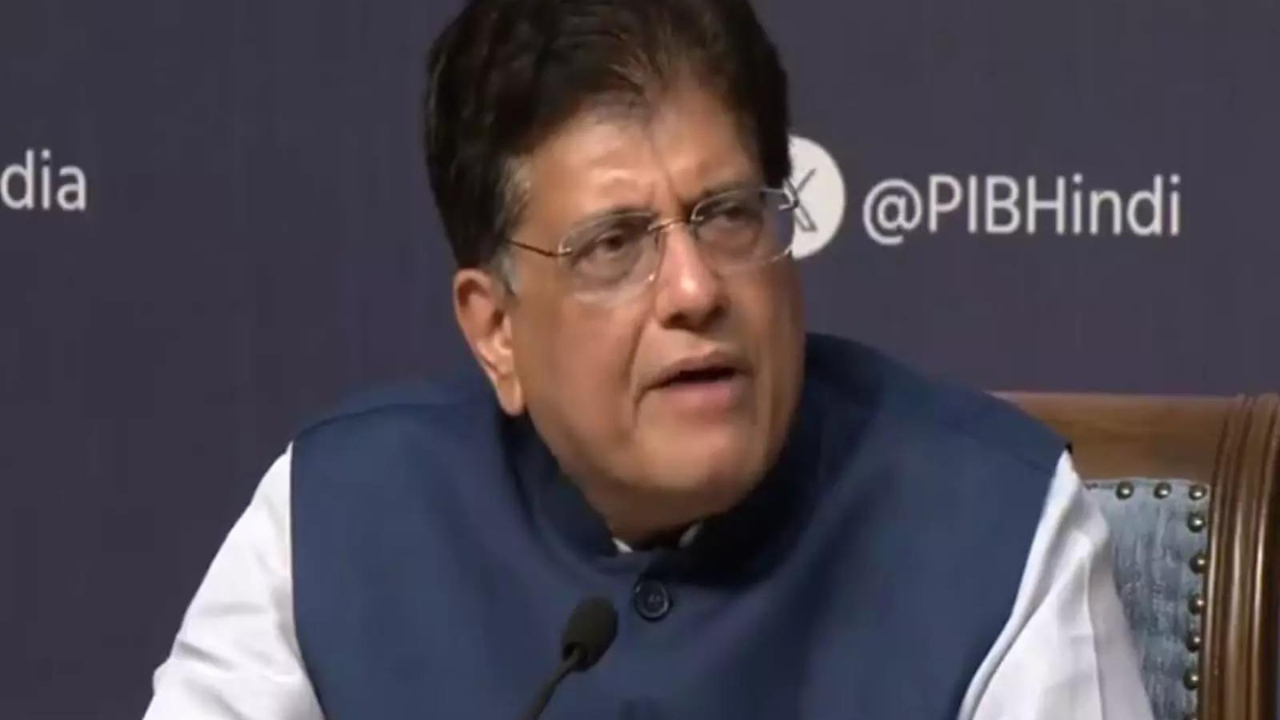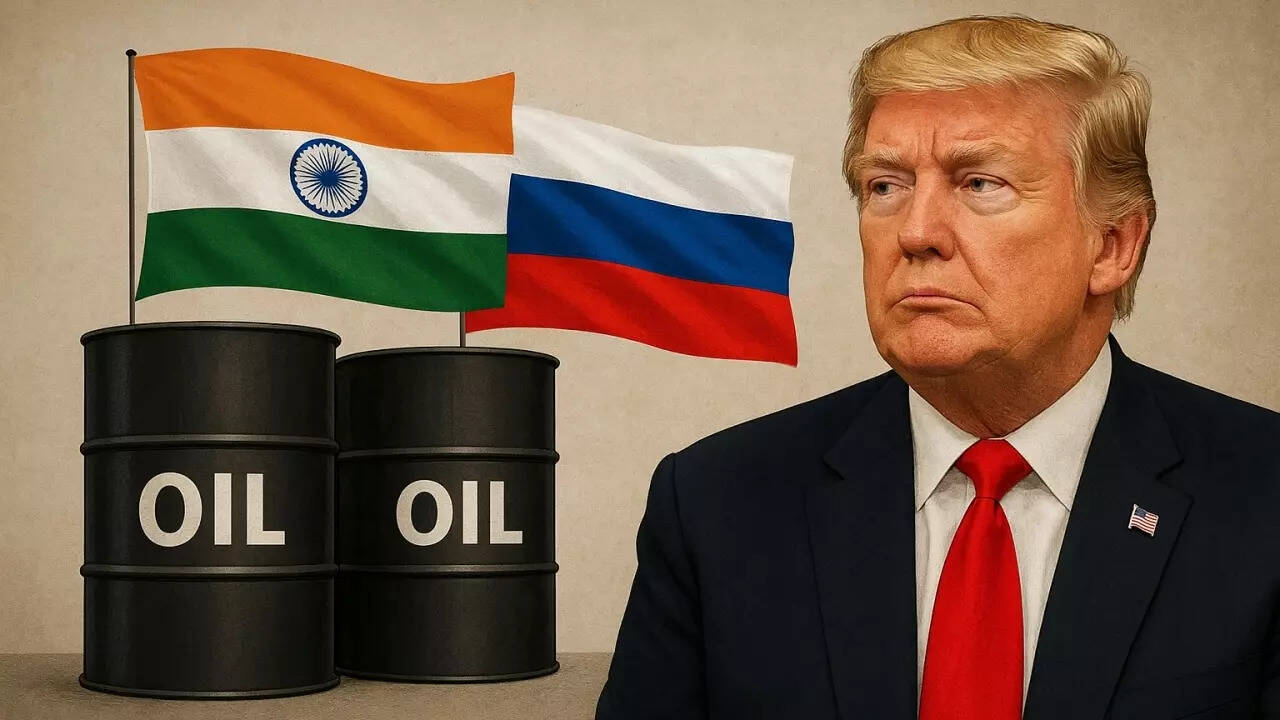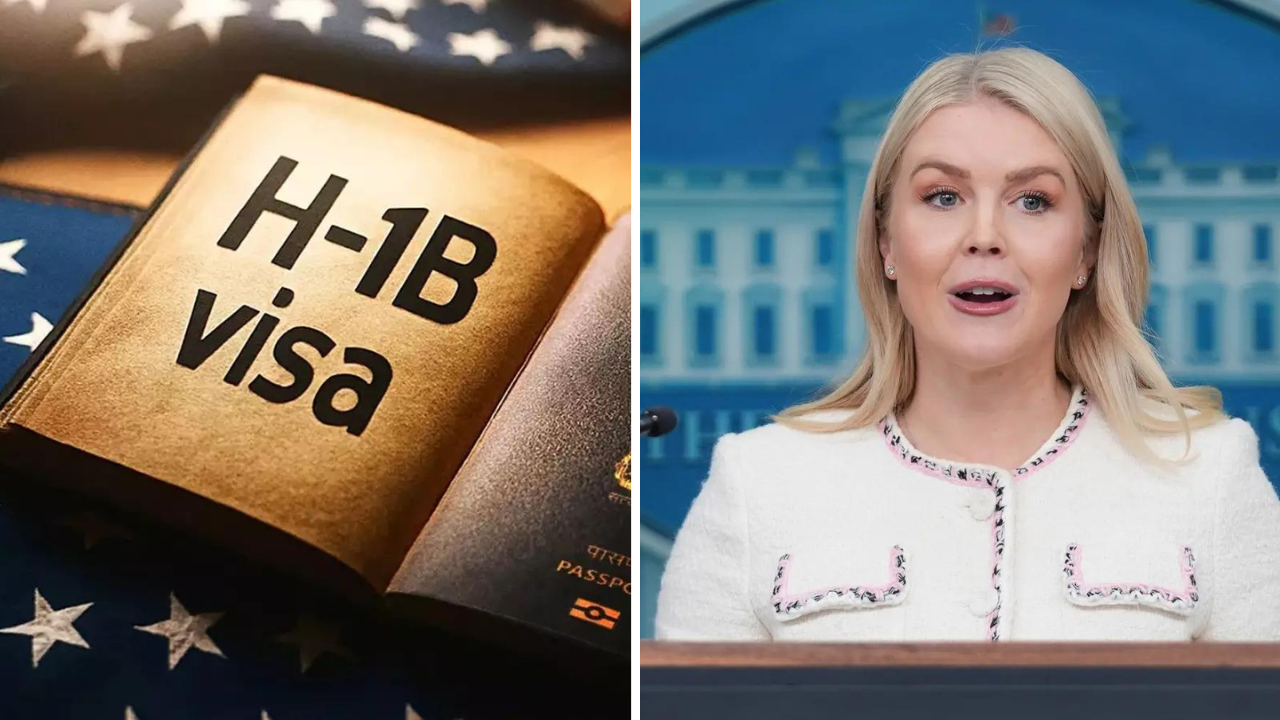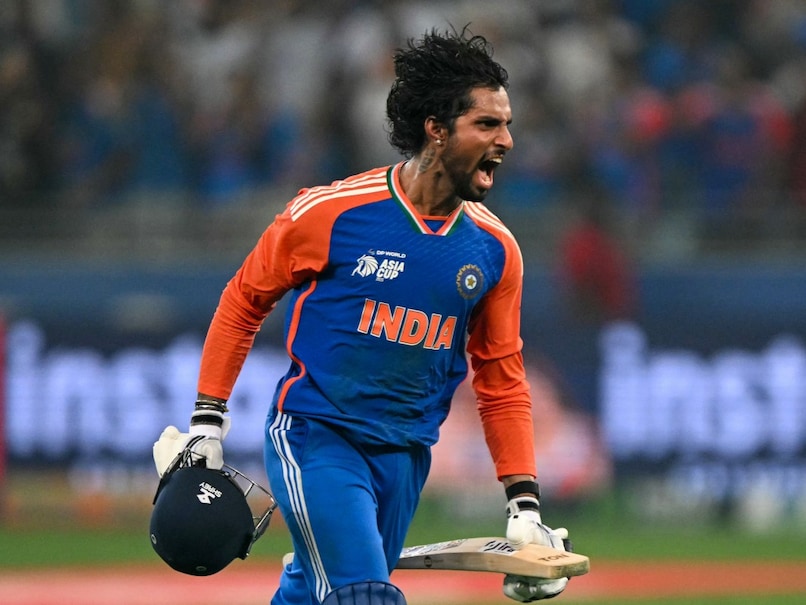Why India needs women in national security leadership roles

Join our WhatsApp Community to receive travel deals, free stays, and special offers!
- Join Now -
Join our WhatsApp Community to receive travel deals, free stays, and special offers!
- Join Now -

The presence of Wing Commander Vyomika Singh and Colonel Sofiya Qureshi alongside the foreign secretary in security briefings after the May 7 military strikes is a welcome step for gender representation. But it risks being symbolic if not matched by genuine participation in decision-making.
The absence of women from national security leadership is not just a representational gap – it’s a structural weakness that affects both our preparedness and democratic integrity.
பாரத தாயை தாங்கிப் பிடித்த பாதுகாப்பு வீராங்கனைகள்...!
ஜெய்ஹிந்த்??????
பாரத் மாதா கி ஜே..!#OperationSindoor pic.twitter.com/aY3hLA2Eps— Dr.L.Murugan (@Murugan_MoS) May 7, 2025
Despite India’s constitutional commitment to equality, women are underrepresented at the highest levels of government. In Lok Sabha, women account for 14% of the Members of Parliament and in Rajya Sabha, the figure is even lower – 13%.
State assemblies are similarly lopsided.
Kerala, often hailed as a model for social indicators, is no exception: women make up more than half of the electorate and dominate grassroots governance in panchayats with over 50% representation, but in the state assembly, women legislators have never exceeded 10% in six decades, according to Ministry of Women and Child Development.
The disconnect between grassroots empowerment and top-level exclusion is stark and consequential.
Research from democracies worldwide is unequivocal: when women participate in decision-making, especially in equal numbers, outcomes are more balanced, inclusive and sustainable. A 2024 Inter-Parliamentary Union report...
Read more
What's Your Reaction?
 Like
0
Like
0
 Dislike
0
Dislike
0
 Love
0
Love
0
 Funny
0
Funny
0
 Angry
0
Angry
0
 Sad
0
Sad
0
 Wow
0
Wow
0








